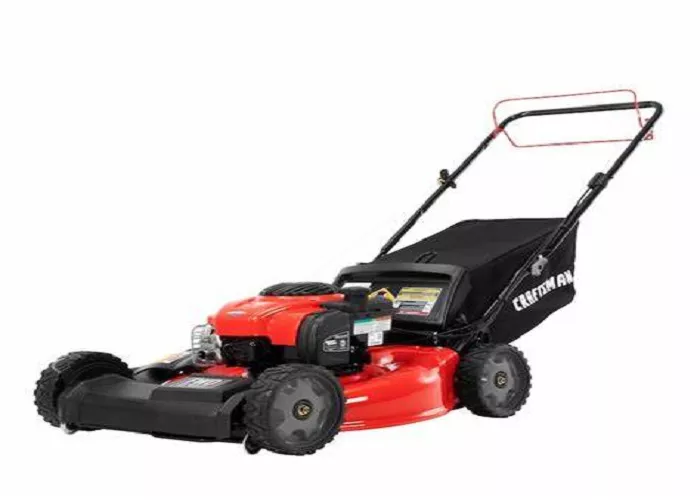Briggs & Stratton is one of the most trusted names in small engines, powering millions of lawn mowers worldwide. To keep your mower running smoothly and efficiently, using the correct type of gasoline is crucial. The wrong fuel can lead to poor performance, engine damage, and costly repairs.
Recommended Fuel Type for Briggs & Stratton Lawn Mowers
Octane Rating: 87 or Higher
Most small engines, including Briggs & Stratton, are designed to run efficiently on 87 octane. Higher octane does not improve performance unless the engine is specifically tuned for it (which most lawn mowers are not). Using lower octane fuel (below 87) can cause engine knocking, reducing performance and longevity.
Ethanol Content: No More Than 10% (E10)
- Ethanol attracts moisture, leading to fuel separation and corrosion in the carburetor and fuel system.
- Over time, ethanol can degrade rubber and plastic components (fuel lines, gaskets, seals).
- Stored ethanol-blended gas can form gums and varnish, clogging the carburetor.
Why Ethanol-Free Gasoline is the Best Choice
Benefits of Ethanol-Free Gas (E0)
Longer Shelf Life: Does not absorb moisture as quickly as ethanol-blended fuel.
Better Engine Performance: Burns cleaner, reducing carbon buildup.
Less Maintenance: Prevents carburetor clogs and fuel system corrosion.
Where to Find Ethanol-Free Gasoline
- Many gas stations near marinas, airports, or rural areas sell ethanol-free fuel.
- Websites like Pure-Gas.org can help locate stations that offer E0.
What If Only E10 is Available?
- Add a fuel stabilizer (e.g., STA-BIL) to reduce moisture absorption.
- Avoid storing E10 for more than 30 days.
- Drain the fuel tank if the mower won’t be used for an extended period.
The Risks of Using Old or Contaminated Gas
How Long Does Gasoline Last in a Lawn Mower?
Fresh gasoline: Best if used within 30 days.
Stabilized gasoline: Can last 3-6 months.
Ethanol-free gas: Lasts longer (up to 6-12 months if stored properly).
Problems Caused by Old Gas
Hard Starting or No Start: Degraded fuel loses combustibility.
Engine Sputtering: Water contamination or varnish buildup disrupts fuel flow.
Carburetor Clogs: Stale fuel leaves deposits that block jets and passages.
How to Tell If Gas Is Bad
Smell: Rotten or sour odor (instead of the usual gasoline smell).
Appearance: Dark or cloudy (indicating water or sludge contamination).
Performance Issues: Engine runs rough or stalls unexpectedly.
Solution: Drain and Replace Old Gas
- Siphon out old fuel from the tank.
- Clean the carburetor if clogged.
- Refill with fresh gasoline.
Fuel Additives: Are They Necessary?
When to Use Fuel Additives
For Ethanol-Blended Gas (E10): A stabilizer like STA-BIL helps prevent moisture buildup.
For Long-Term Storage: Additives keep fuel fresh for months.
For Cleaning the Fuel System: Products like Sea Foam can dissolve carbon deposits.
Best Additives for Briggs & Stratton Engines
| Product | Purpose |
|---|---|
| STA-BIL | Prevents fuel degradation |
| Sea Foam | Cleans carburetor & fuel system |
| Briggs & Stratton Advanced Formula Fuel Treatment | Protects against ethanol damage |
Troubleshooting Fuel-Related Engine Problems
Common Symptoms & Fixes
| Problem | Likely Cause | Solution |
|---|---|---|
| Engine Won’t Start | Bad gas, clogged carburetor | Drain old fuel, clean carburetor |
| Engine Runs Rough | Water in fuel, dirty spark plug | Replace gas, check spark plug |
| Black Smoke from Exhaust | Too much fuel (rich mixture) | Adjust carburetor, check air filter |
Conclusion
Choosing the right gas for your Briggs & Stratton lawn mower is simple if you follow manufacturer recommendations and best practices. Fresh, ethanol-free fuel with the correct octane rating is ideal, but if E10 is unavoidable, using stabilizers and proper storage can mitigate risks.
Regular maintenance and smart fuel choices will ensure your mower runs reliably for years. If you have further questions, consult your owner’s manual or a Briggs & Stratton-certified technician.

